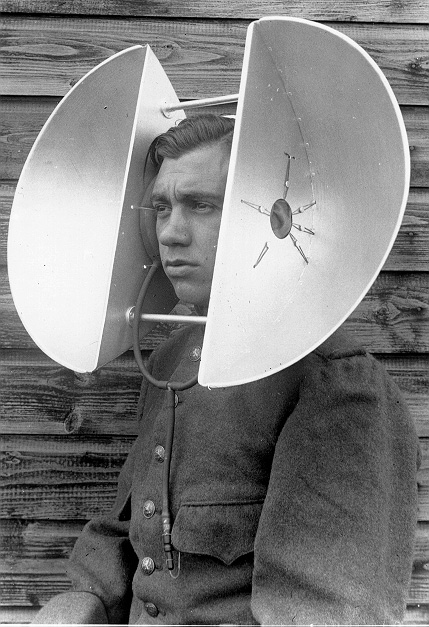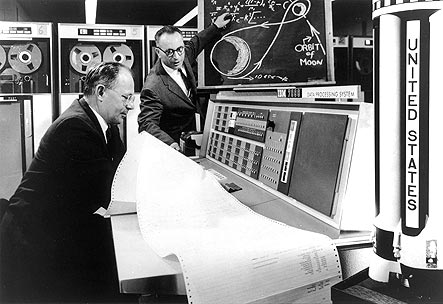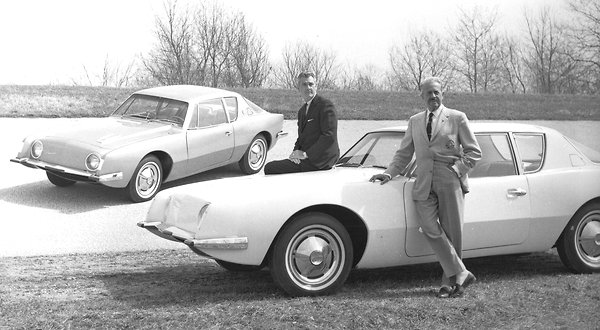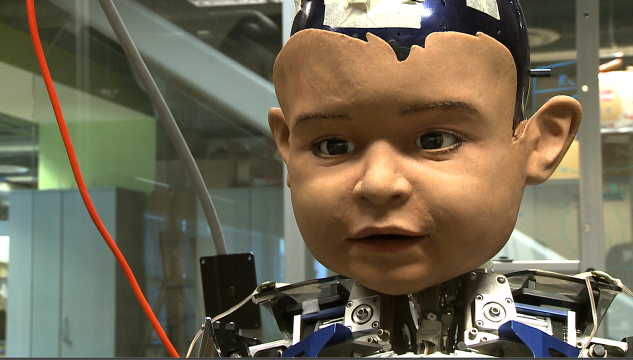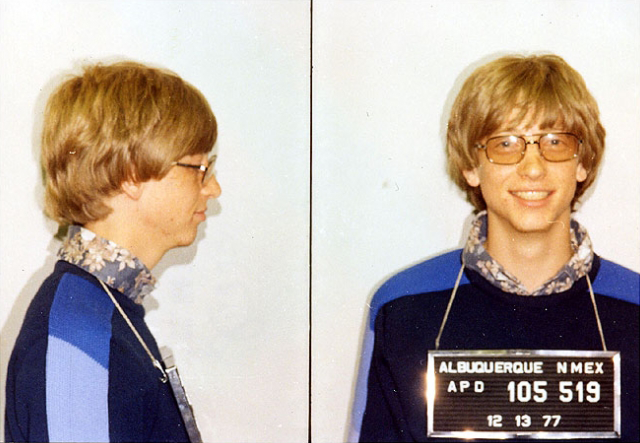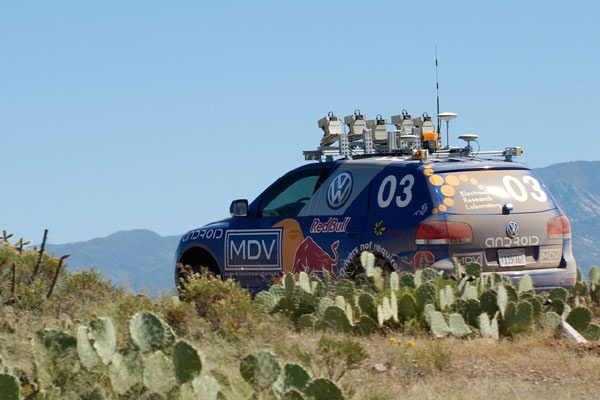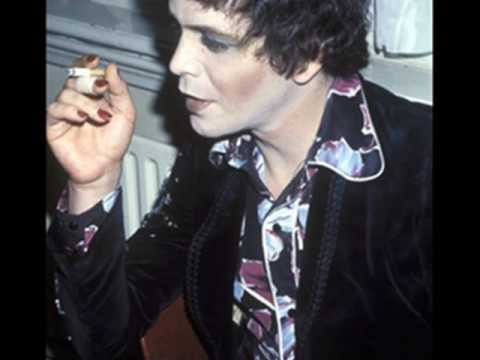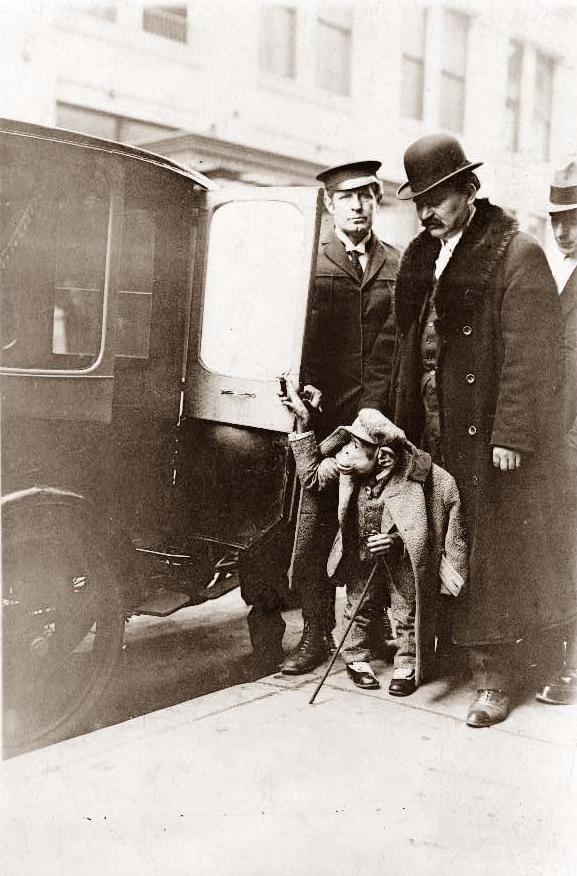
“Fuzzy Williams, another chimpanzee, was also picked as a likely subject for experiment.”
Some bored and/or drunk keepers at the Bronx Zoo dressed chimpanzees in cute outfits in the name of “science,” as evidenced by an article in the May 3, 1909 New York Times. An excerpt:
“The experiments which began a year ago with Prof. Melvin Haggerty’s study of ‘monkey psychology’ in the monkey house at the Bronx Park Zoo have been carried on by several of the keepers who took up the work where Mr. Haggerty left off, and they say that some interesting results have been achieved in the last few weeks. James Riley, one of the keepers, who presides over the big family of primates in captivity there, says he is going to write a book about it all. Some of the chapters will probably be written by Fred Engelholm, another keeper who has taken a leading part in the experiments with the monkeys.
It was Riley’s idea–the continuation of Mr. Haggerty’s experiments. Riley was very much interested in the way Mr. Haggerty went about his studies in the monkey house. In fact, Riley was a valuable aid to Mr. Haggerty while the Harvard man was there. He built some of the apparatus which was used in the experiments, such as trapdoor platforms, hollow tubes with secret springs, and other puzzles which the monkeys were supposed to solve in order to get stores of food which were hidden. While Mr. Haggerty’s experiments brought forth some surprising results, they did not go far enough to suit Riley and Engelholm.
When Mr. Haggerty packed up his apparatus and left the zoo with his two trained ringtails, Algernon and Percy. Keepers Riley and Engelbolm started in on their own account. They had plenty of time for their experiments in the Winter, when there were few visitors at the zoo. Each of the keepers had read several books on monkeys, written by men who had conducted experiments along a line which had apparently never been touched.
Baldy, a small black chimpanzee, was chosen as the most intelligent of all the monkeys at the Zoo. Fuzzy Williams, another chimpanzee, was also picked as a likely subject for experiment, and so were two of the ringtails, Mickey and Quickstep Slim. At the outset Riley built a little safe with a combination lock. There were only eight letters to the combination and it was not difficult to open it, provided the letter was known. After a few weeks of instruction Riley says that both of the chimpanzees were able to get into the safe quite readily. Always they found something nice in store for them–a banana, an apple, or some other fruit which monkeys like.
This experiment, however, was along the general line which had been adopted by Mr. Haggerty. Riley and Engelholm say they decided to try to teach the monkeys the significance of certain acts and sounds. They got a small dinner bell, which rang when a small button on top was pressed. They began by pressing this bell every time they fed the monkeys. After a few days they put the bell on a little shelf in Baldy’s cage. At first the chimpanzee insisted on ringing the bell almost constantly. But a few slaps on the hands broke him of this. The keepers taught Baldy to ring the bell whenever he saw them coming with food. It required more than a month’s training to accomplish this. But the keepers had plenty of time and patience.
The next experiment was with blackboard and chalk. The two ringtails, Mickey and Quickstep Slim, were chosen for the experiment. One of the keepers spent an hour or so a day in their cage drawing on the blackboard. The pictures drawn were very crude, only a few rough lines to represent some animal or inanimate object. Both monkeys seemed to take a keen interest in the blackboard work, the keepers say. When Mickey was first handed the chalk and put before the blackboard he seemed to think the chalk was something to eat, and began to nibble it.
‘But,’ says Riley, ‘after a little while he would sit there before the board, drawing just as we had been doing. The marks of the chalk on the board seemed to afford him a never-ceasing pleasure. Quickstep Slim also learned to use the chalk on the board instead of eating it. …
After the blackboard experiments the keepers tried to teach Fuzzy Williams and Baldy how to box with gloves. In this they had a hard task. The chimpanzees were willing enough to romp and to maul each other at times, but they seemed unable to learn how to use the gloves properly. The boxing gloves were made by the keepers and stuffed with wool. They were able to fit the hands of the monkeys. After putting them on, Riley would hold one of the chimpanzees and Engelholm the other, and would ‘bait’ them as cock fighters bait the cocks in the pit.
This experiment is still in its first stages, the keepers say. But they hope to develop boxers in Baldy and the other monkey.
There was another trick which the keepers taught one of the ringtails. It was to sit beside a small tub of water and hold a fishing pole over the tub. Of course the monkey did not know what he was doing, but the spectacle he presented was very amusing.”

